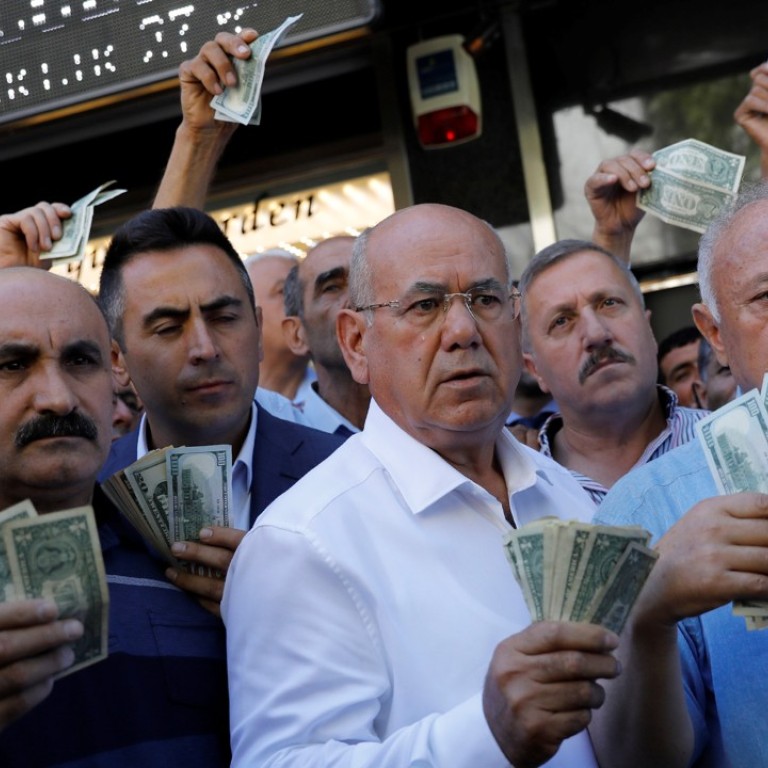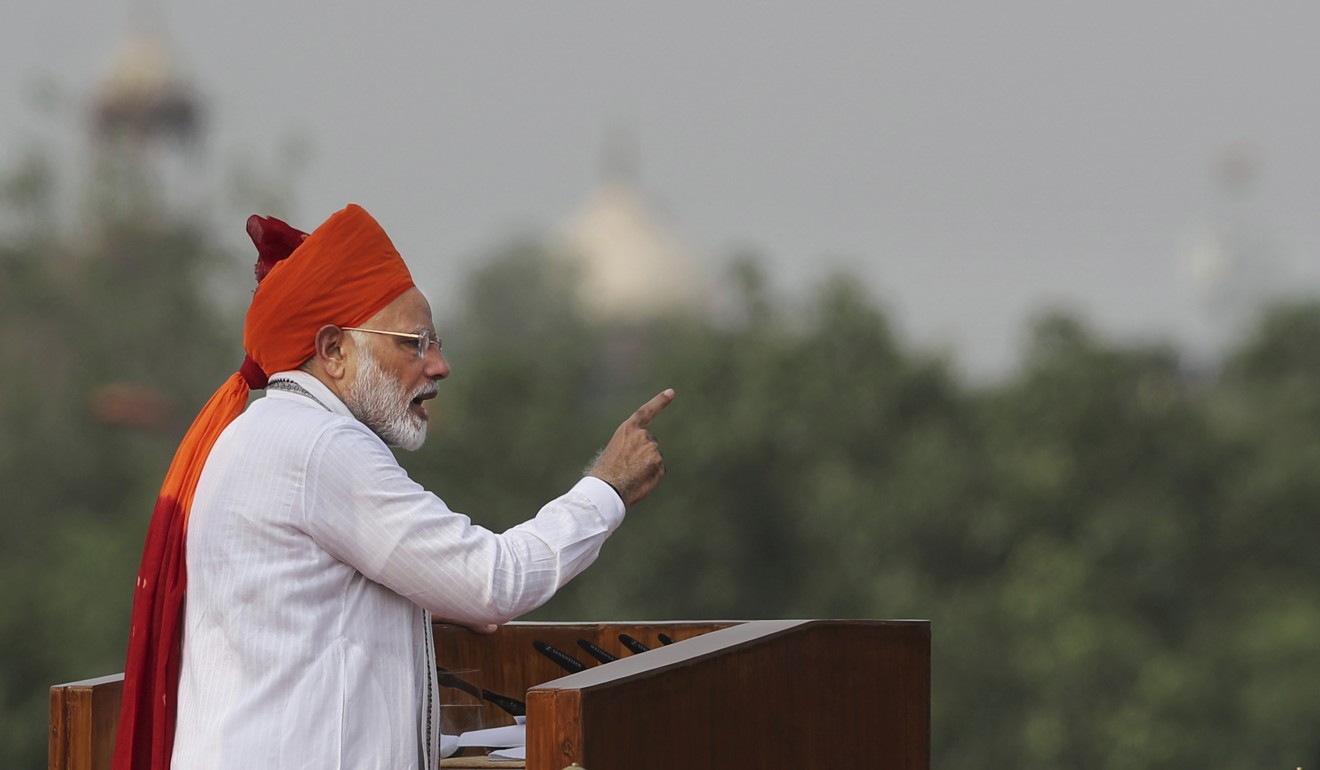
Why the ‘fragile five’ emerging market currencies have alarm bells ringing again
Nicholas Spiro says despite strengthening economic fundamentals, Brazil, India, Indonesia, South Africa and Turkey face the risk of capital flight if investor sentiment continues to weaken
At the height of the “taper tantrum” in 2013, when the unexpected decision by the US Federal Reserve to start withdrawing monetary stimulus triggered a fierce sell-off in emerging markets, Morgan Stanley coined the term “fragile five” in reference to a group of developing economies that were suffering sharp outflows of foreign capital.
The five countries in question – Turkey, South Africa, Brazil, India and Indonesia – were all running current account deficits and fared poorly in some other areas of financial vulnerability, resulting in steep declines in their local currencies in the second half of 2013. Yet, as investor sentiment towards emerging markets began to improve in 2016, and several of the countries made concerted efforts to address their weaknesses, markets stopped fretting about the fragile five, with some analysts suggesting the term had outlived its usefulness.
They evidently spoke too soon.
On Wednesday, the rupee, India’s currency, sank to a fresh all-time low versus the US dollar, bringing its losses since the start of this year to more than 12 per cent, the worst performance in Asia. The plunge in the rupee has contributed to the recent increase in India’s inflation rate – driven up in part by this year’s sharp recovery in oil prices – which has forced the country’s central bank to raise its benchmark interest rate twice in the past three months.
Meanwhile, the rupiah, Indonesia’s currency, fell to its weakest level since the 1998 Asian financial crisis on Tuesday, having lost 10.5 per cent against the dollar since the start of this year. Indonesia’s central bank has hiked interest rates four times since May and intervened heavily in a bid to shore up the rupiah.

Other members of the fragile five are in a much worse state.
In Brazil, which holds a crucial yet highly unpredictable presidential election next month, the country’s currency has tumbled 27 per cent against the dollar this year as Latin America’s largest economy struggles to recover from its worst-ever recession.

Sentiment towards emerging markets is deteriorating – and the scope for financial contagion increasing – because of technical factors stemming from a surge in capital inflows over the past two years, especially last year. Data from the Institute of International Finance, which tracks capital flows to more than 50 developing nations, shows that, following China’s surprise devaluation of the yuan in 2015, emerging markets experienced the sharpest rebound in non-resident portfolio flows since the run-up to the 2013 taper tantrum.
Put simply, there is a significant risk of capital flight on a larger scale – particularly from so-called “crossover” investors who are not dedicated to emerging markets – if sentiment continues to worsen.
The fragile five will remain fragile for some time yet.
Nicholas Spiro is a partner at Lauressa Advisory

